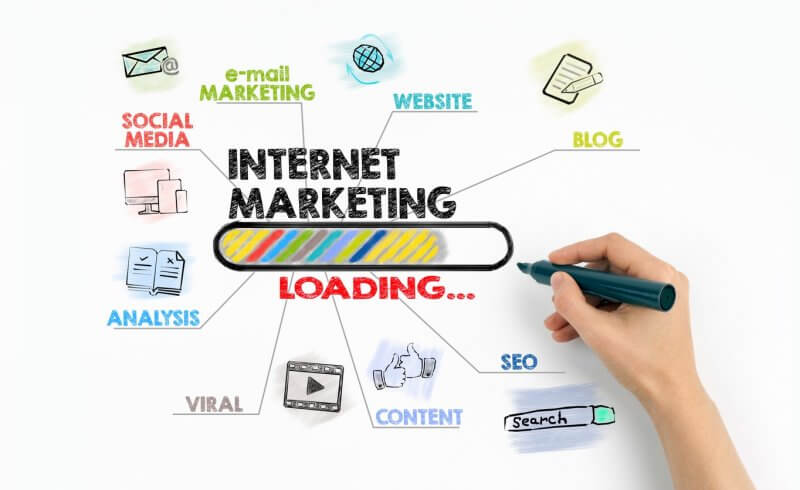There will always be those for whom trade shows and expos are quite literally the most joyous and indeed beneficial events of the whole year. They turn up, they do their thing and they enjoy a huge boost to the business as a result – a pretty winning recipe in anyone’s eyes. But at the same time, there will sadly always be those for whom every such show seems to represent a waste of time, money and effort. Worse still, others leave trade shows with a bruised reputation having done little other than drive the punters away from their brand – a scenario that’s really about as painful as it gets for any business.
In terms of why success stories vary so significantly, it’s amazing just how much of what goes on at the show will be determined by the brand’s choice of display signs and banners. The way in which simple pop up banner stands can make or break a brand’s chance of expo success is quite extraordinary to say the least, though suffice to say is something that should never be overlooked. Of course, what works for one brand at any given trade show will differ hugely from what’s appropriate for another, but there are nonetheless certain crucial rules to follow in all instances.
Here’s a quick look at the five most important rules of all when it comes to creating and showing trade show banners that will do your brand and business proud:
1 – Quality Materials
First of all, it’s important to never under any circumstances cut corners when it comes to the quality of the hardware you choose. The reason being that it’s all well and good to come up with a great design, but if the hardware you use to display it to your audience is substandard, it will give entirely the wrong impression. The materials and hardware you choose are just as important as the content of your banners themselves. Unless you can say with confidence that your hardware looks and will be interpreted as 100% professional, you’re taking a big chance with your reputation.
2 – Quality Printing
The same also goes for the quality of the printing used to create the banners themselves. It’s one thing to come up with a design that looks pretty on the screen in front of you, but when it’s blown up to a much larger size for use at the expo, things can be rather different to say the least. These days, anything less than spectacular quality HD printing is interpreted by most as a clear sign of a business that’s either lost or run by amateurs. Suffice to say that is entirely contradictory to the impression you’re trying to make among your target audience, so be sure to choose a provider or service that guarantees stellar printing every time.
3 – Simplicity Sells
Next up, it’s worth remembering that the primary purpose of your banners and posters is to grab the attention of your target audience members and bring them in for a closer look. You don’t need to use them to tell your whole life story and nor do they need to be used for the hard-sell – there’s a time and a place for this after you hook them in the first place. As such, it’s a good idea to keep things as simple as possible when it comes to the content of your posters, trying to keep anything that isn’t 100% relevant out of the equation. A clear message that’s easy to read, can be seen from a distance and grabs their attention – think of things by way of headlines with the rest of the content to be explained using staff or other literature.
4 – Clear Direction
A quick point but an important point nonetheless, never forget that as many of those with an interest in what you do may not have time to stop and chat, you should use your banners to show them how to find out more. From email addresses to QR codes and so on, offer clear direction toward further information for those in need of it.
5 – A Clear Intent
Last but not least, before going about the content-design stage for your boards and banners, think carefully about what you want to achieve. The reason being that there’s a very different approach called for if you want to increase your email contact list as opposed to making hard sales on the day itself. You need to know what you want and how you plan to do it before you can make it happen – a random approach will rarely do you any favours.



























Find Us on Social Media
A MarTech - Marketing and Technology Blog